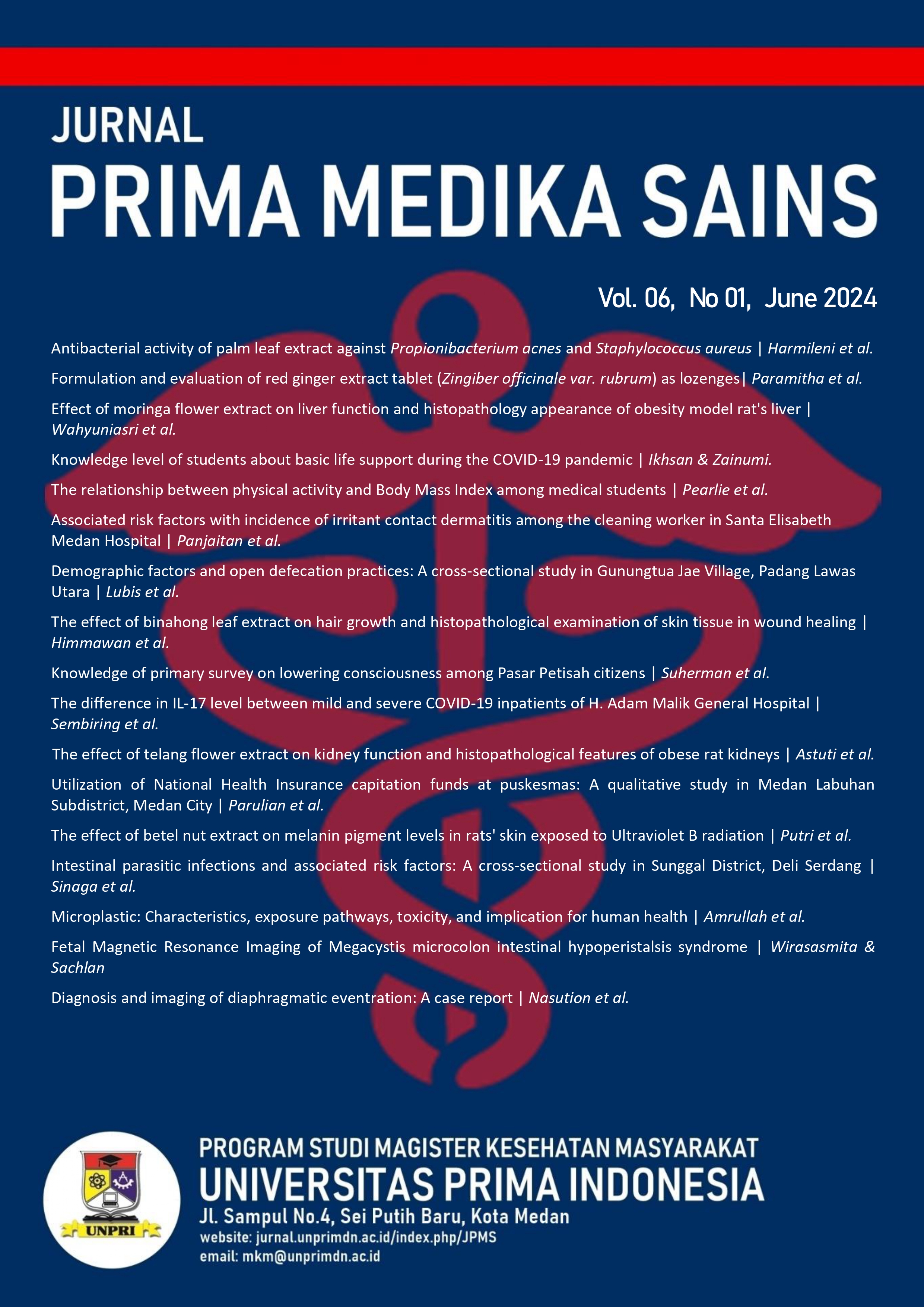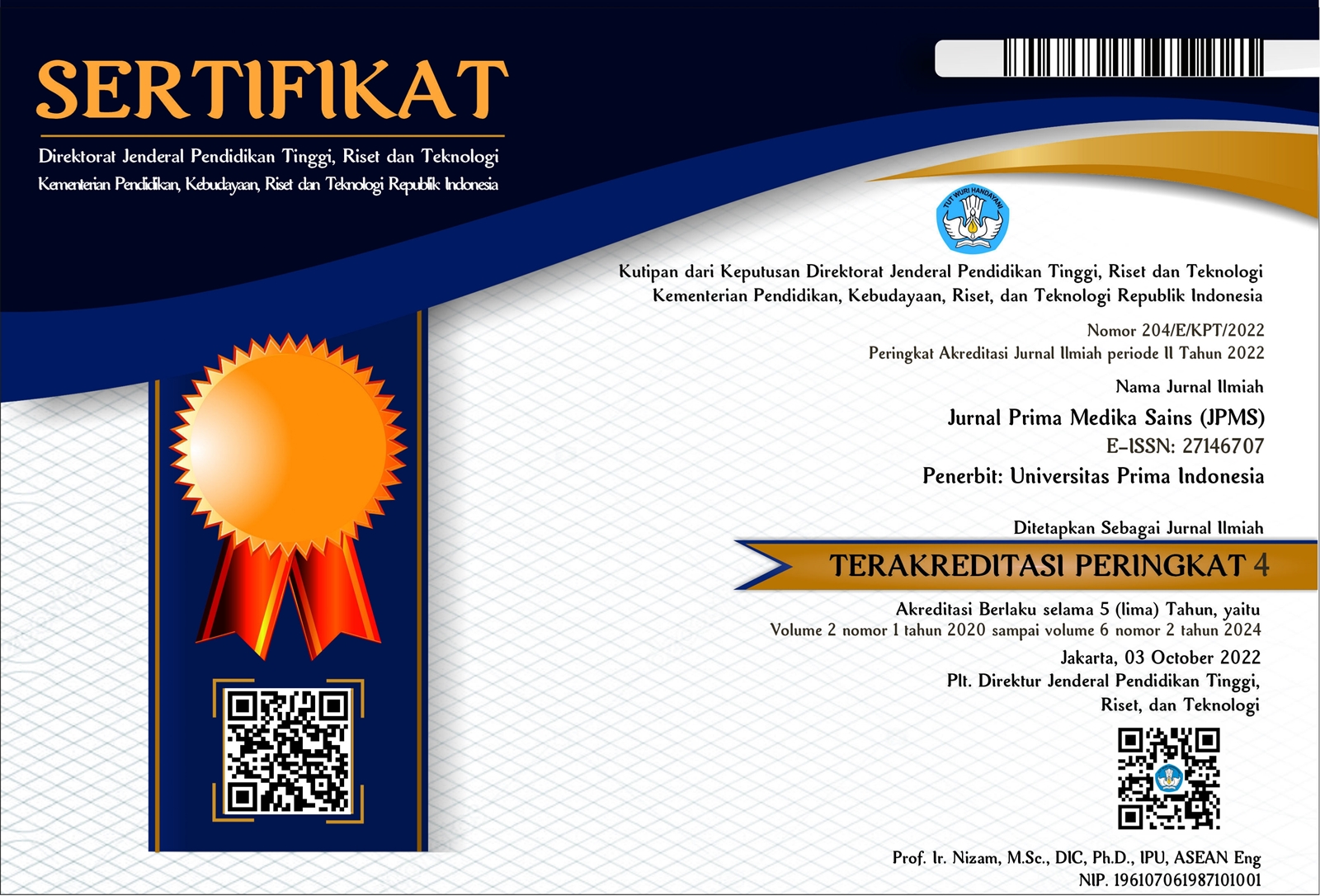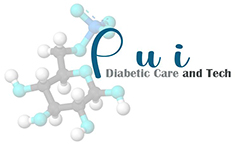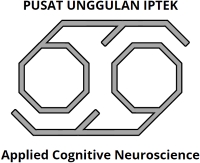Microplastic: Characteristics, exposure pathways, toxicity, and implication for human health
DOI:
https://doi.org/10.34012/jpms.v6i1.4942Keywords:
microplastic, nanoplastic, polyestherin, blood brain barrierAbstract
Microplastics particles ranging from 1 µm to 5 mm, have gained attention for their omnipresence in marine environments and potential health risks. Initially recognized in the 1990s, microplastics are classified as primary (designed for microscopic dimensions) or secondary (resulting from degradation). Exposure pathways include ingestion, inhalation, and dermal contact, with sources ranging from food and beverages to personal care products. These particles possess unique properties, facilitating their interaction with organic contaminants and potential bioaccumulation in marine life. Their small size allows them to infiltrate ecosystems, raising concerns about their impacts on human health. Studies suggest associations between microplastic exposure and health issues such as inflammatory bowel disease and neurodevelopmental. Microplastics exhibit toxicity through mechanisms like oxidative stress induction and disruption of neurotransmitter levels. They have been detected in human tissues, including the brain, raising concerns about potential neurological impacts. To comprehend the effects on health over time, additional research is required, including biopersistence and tissue accumulation. Regulatory measures and consumer awareness initiatives are crucial to mitigate microplastic pollution and minimize health risks. Strategies to reduce plastic production, enhance recycling, and develop microplastic removal technologies are vital for protecting both human health and the environment. In summary, microplastics pose significant health risks due to their widespread presence and potential toxicity. Understanding their impacts and implementing effective mitigation strategies are essential for safeguarding human health and environmental integrity.
Downloads
Published
How to Cite
Issue
Section
License
Copyright (c) 2024 Muhammad Khalaf Amrullah, Alifa Nabilah Elma Putri, Windika Yosephin Nababan, Andre Marolop Pangihutan Siahaan

This work is licensed under a Creative Commons Attribution 4.0 International License.






